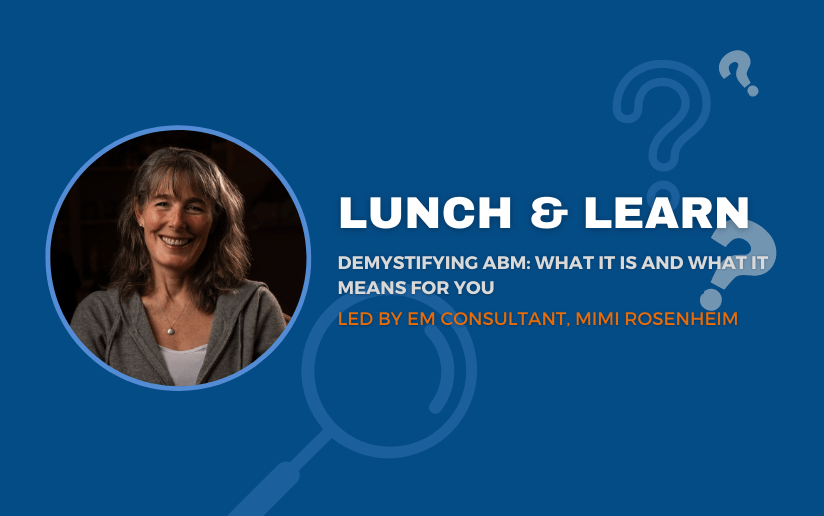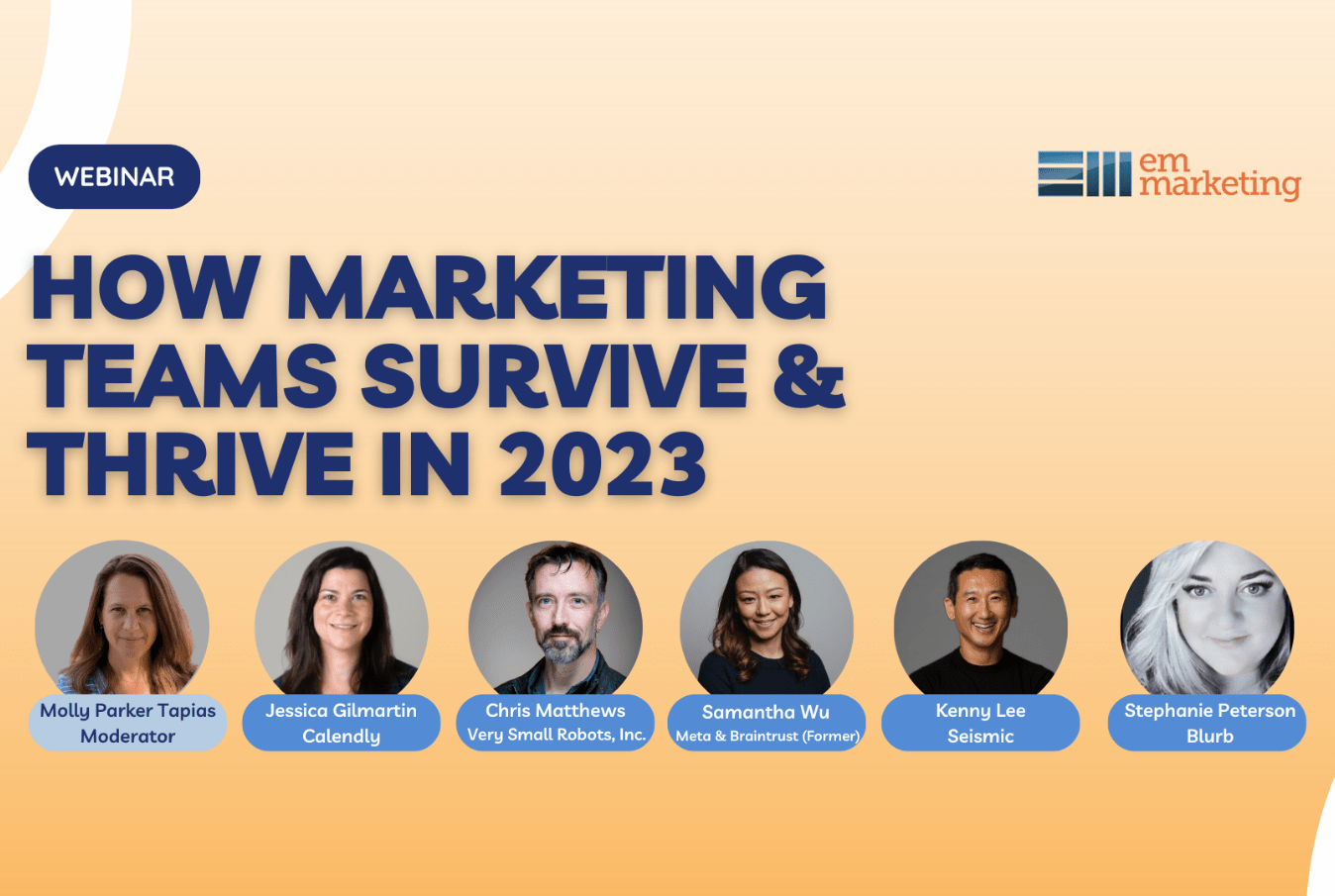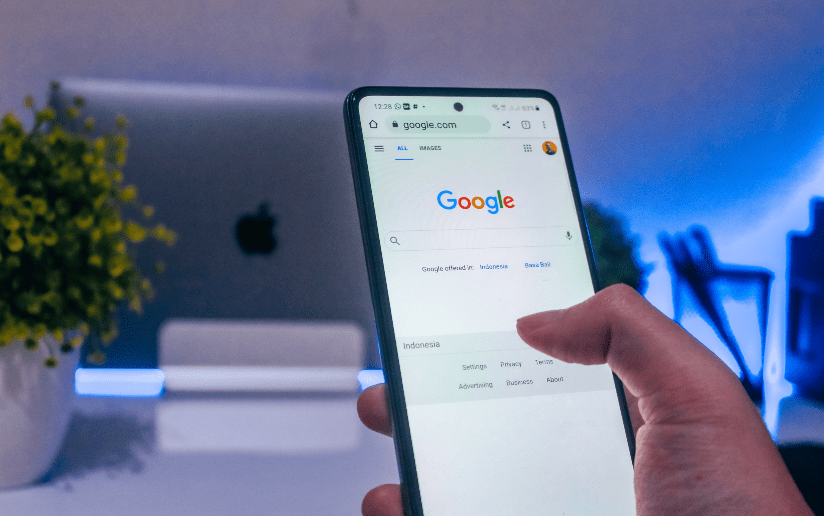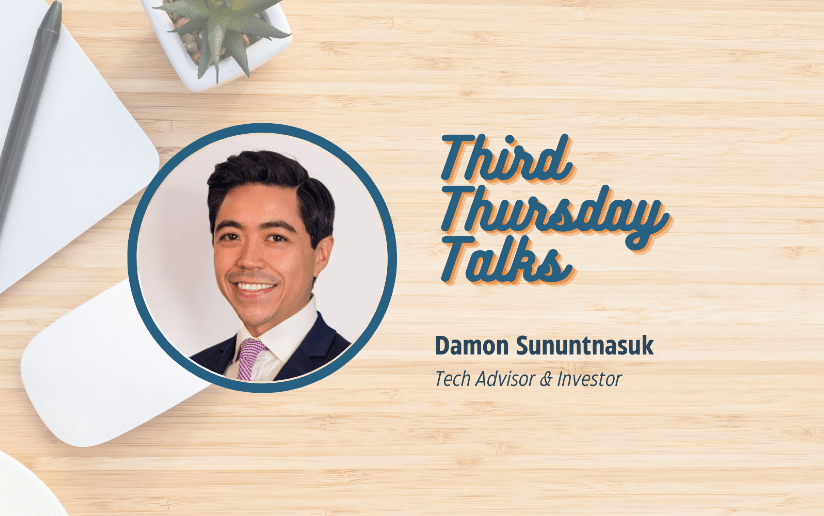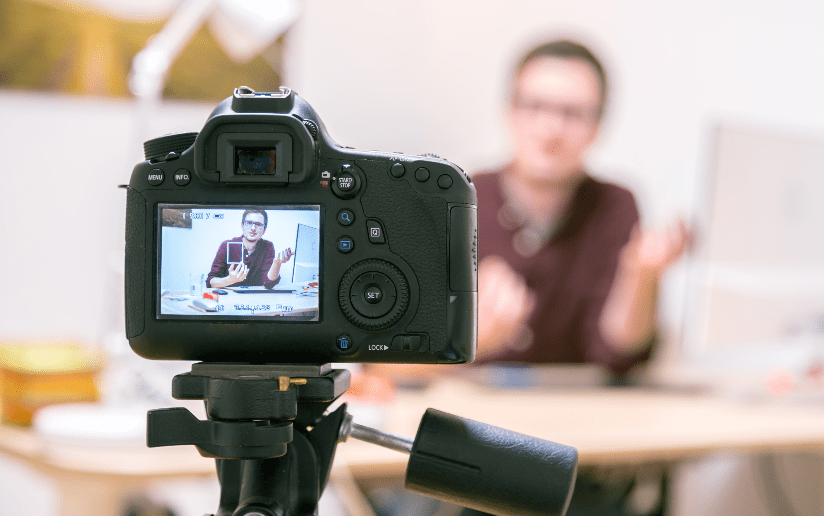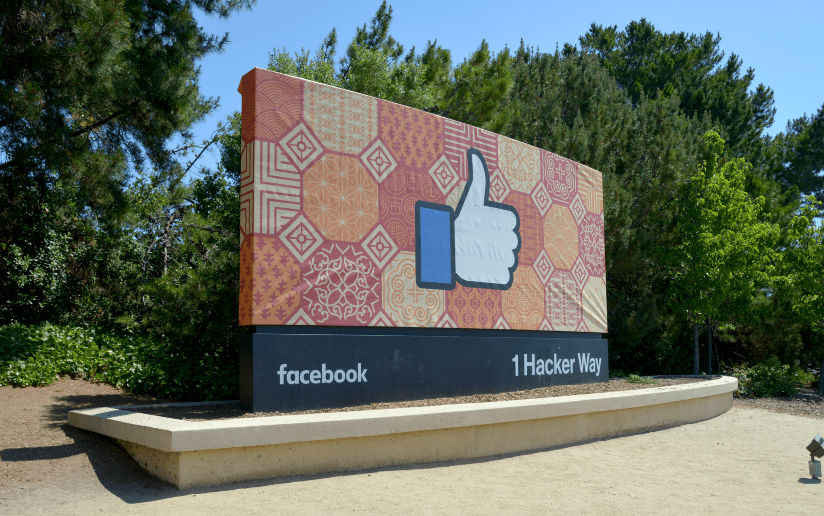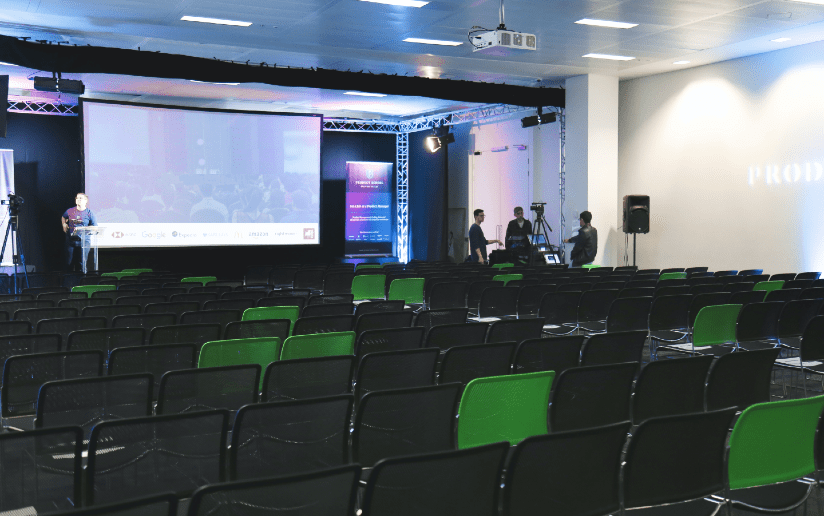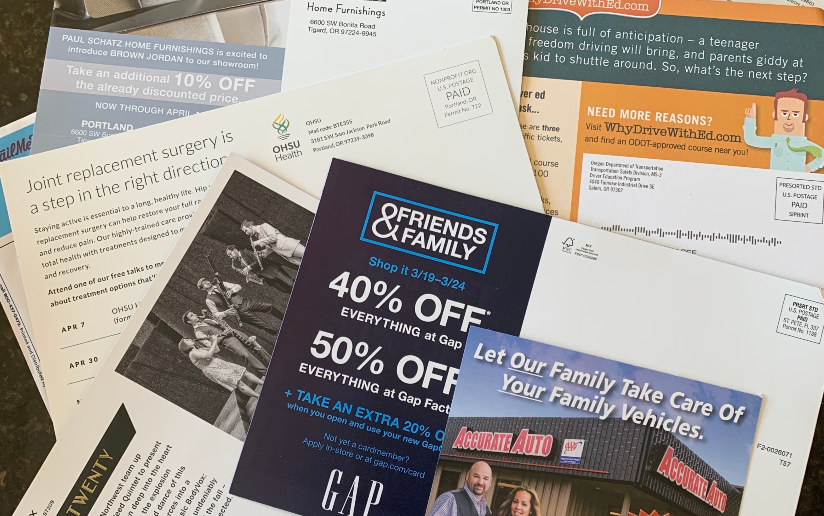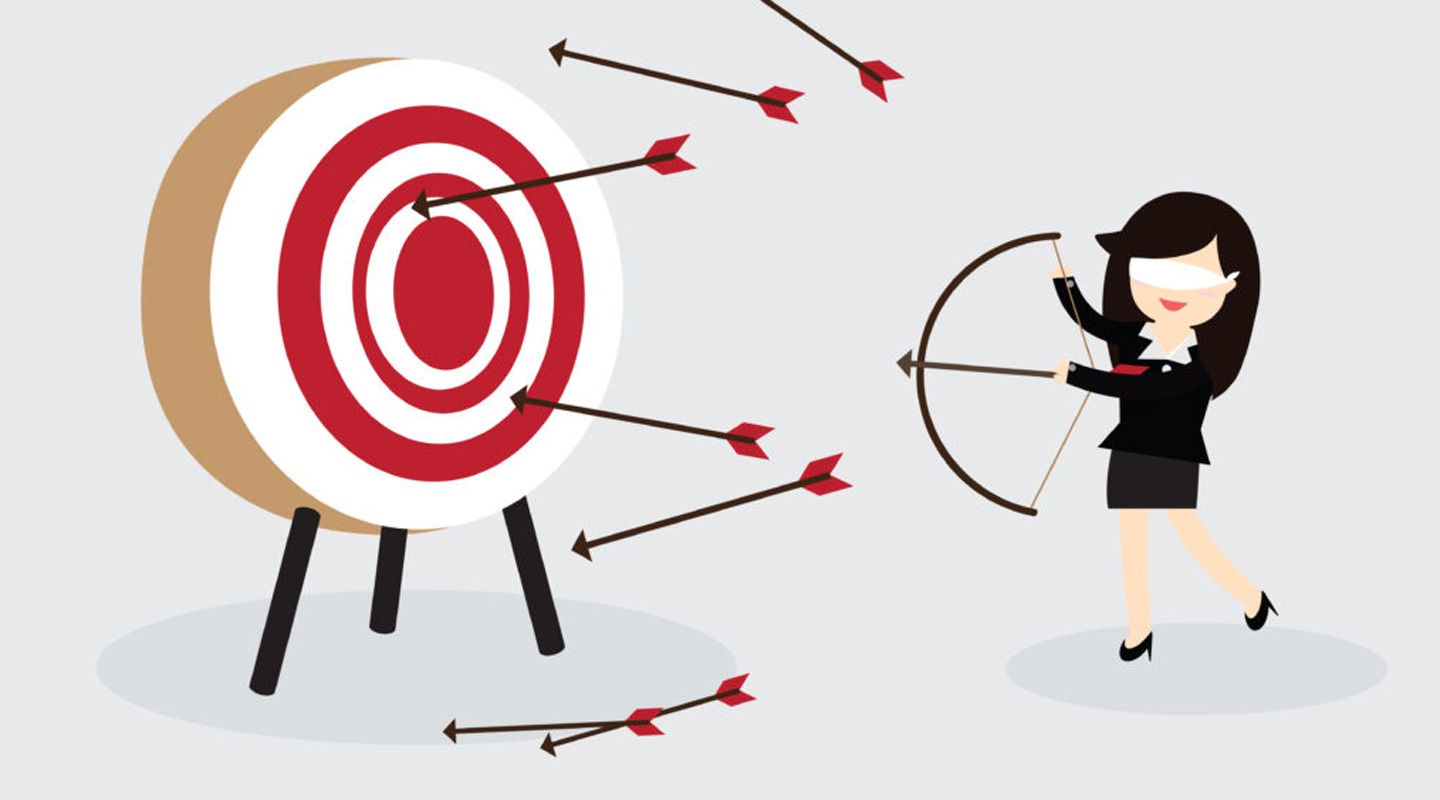
4 Key Insights from SaaStr 2023
I had the opportunity to attend the 9th Annual SaaStr for the first time this year. SaaStr, often dubbed “The World’s #1 Cloud Gathering,” has carved a niche for itself, attracting a diverse audience, including founders, venture capitalists (VCs), and executives from the B2B Software as a Service (SaaS) realm. Here are a few of my key takeaways from the event.
1. Comprehensive GTM Strategies
One prominent theme at SaaStr was the significance of comprehensive Go-To-Market (GTM) strategies. While there’s a consensus that a GTM plan should encompass product-related best practices like positioning statements, competitive analysis, and value pricing models, there’s less agreement on how to approach the buyer’s journey.
SaaStr 2023 highlighted a notable shift towards synergy between marketing and sales teams. They are working in tandem to enhance the entire user journey as part of their GTM strategy. This holistic approach spans from pre-sale campaign design and activation to post-sales integration and onboarding. The goal? To nurture and elevate the customer experience, ultimately leading to faster pipeline conversions and higher penetration within existing accounts through cross-selling and upselling.
If you are interested in this topic, follow influencers like Richard Purcell, Chris Walker and Carilu Dietrich.
2. Focus on Conversion
Another significant takeaway from SaaStr was the current fixation on maximizing conversions and focus on Bottom of the Funnel (BOFU) activities. Chief Marketing Officers (CMOs) reported a renewed emphasis on Conversion Rate Optimization (CRO) techniques. These include paid search, paid social with custom ads, and partnership marketing, among others. Such tactics are now bolstered by persona-based personalization, leveraging enriched customer and product data. The added bonus? Increased alignment between sales and marketing teams.
3. PLG and SLG Strategies
SaaS companies, particularly startups offering freemium SaaS software, have been heavily reliant on product-led growth (PLG) as their preferred GTM strategy. However, as these startups gain traction and brand recognition, they are increasingly considering the incorporation of a sales-led growth (SLG) strategy into their sales motion.
I attended sessions that delved into the nuances of adding an SLG practice that complements an existing PLG business model. The key takeaway here is that SLG should be approached with caution, considering the unique dynamics of each business and the additional requirements to enable the enterprise sales team.
4. Revamped Demand Generation
A resounding consensus among marketing and sales executives was that the traditional demand generation practices are no longer as effective. Today’s target audiences are inundated with cold emails and calls from marketing automation tools, Sales Development Representatives (SDRs), and Account Executives. Response rates continue to dwindle.
What’s the solution? In addition to enhanced campaign strategies (e.g., ABM, data-driven content marketing, community outreach), executives are leaning towards gaining deeper insights into customer pain points and preferences. They are also adopting a well-researched approach to consultative selling, often involving the C-suite. This might mean inviting executives to small networking dinners or even using CEOs as SDRs to forge meaningful connections.
Additional Insights
Beyond these core takeaways, there was significant buzz around the potential of artificial intelligence (AI) to optimize marketing and sales efforts. Various organizations have their favorite AI tools for specific use cases, and it’s expected that AI’s role in the marketing technology landscape will continue to expand. We can anticipate dedicated trade shows and a surge in AI applications, potentially pushing the number of applications to well over 11,000 in the marketing technology landscape.
I’m eager to hear about your recent conference experiences and any emerging trends you’ve encountered.




